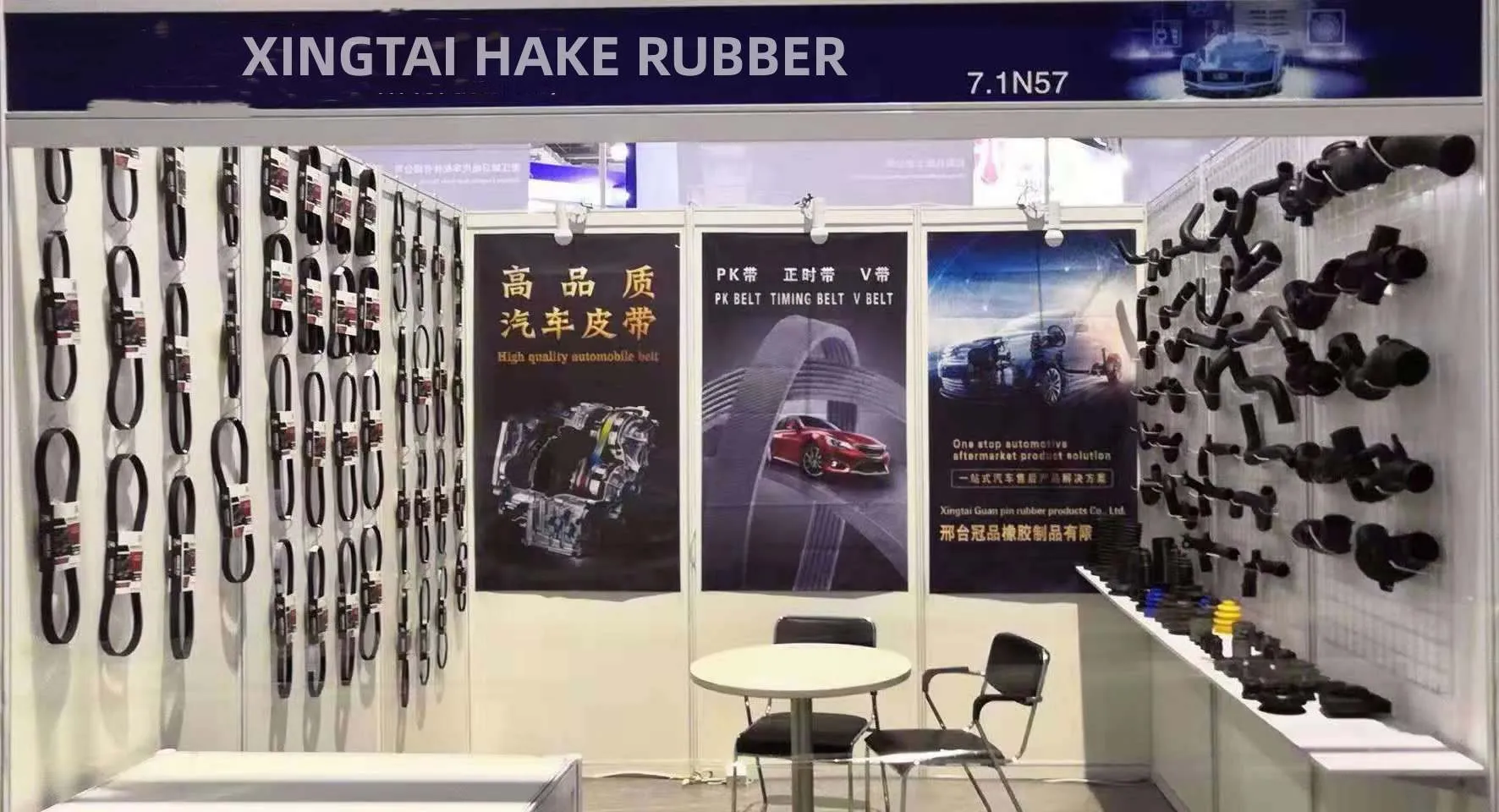- Arabic
- French
- Russian
- Spanish
- Portuguese
- Turkish
- Armenian
- English
- Albanian
- Amharic
- Azerbaijani
- Basque
- Belarusian
- Bengali
- Bosnian
- Bulgarian
- Catalan
- Cebuano
- Corsican
- Croatian
- Czech
- Danish
- Dutch
- Afrikaans
- Esperanto
- Estonian
- Finnish
- Frisian
- Galician
- Georgian
- German
- Greek
- Gujarati
- Haitian Creole
- hausa
- hawaiian
- Hebrew
- Hindi
- Miao
- Hungarian
- Icelandic
- igbo
- Indonesian
- irish
- Italian
- Japanese
- Javanese
- Kannada
- kazakh
- Khmer
- Rwandese
- Korean
- Kurdish
- Kyrgyz
- Lao
- Latin
- Latvian
- Lithuanian
- Luxembourgish
- Macedonian
- Malgashi
- Malay
- Malayalam
- Maltese
- Maori
- Marathi
- Mongolian
- Myanmar
- Nepali
- Norwegian
- Norwegian
- Occitan
- Pashto
- Persian
- Polish
- Punjabi
- Romanian
- Samoan
- Scottish Gaelic
- Serbian
- Sesotho
- Shona
- Sindhi
- Sinhala
- Slovak
- Slovenian
- Somali
- Sundanese
- Swahili
- Swedish
- Tagalog
- Tajik
- Tamil
- Tatar
- Telugu
- Thai
- Turkmen
- Ukrainian
- Urdu
- Uighur
- Uzbek
- Vietnamese
- Welsh
- Bantu
- Yiddish
- Yoruba
- Zulu
Nov . 09, 2024 13:29 Back to list
How to Effectively Replace Your V Belt for Optimal Performance
Replacing a V-Belt A Comprehensive Guide
V-belts are crucial components in many mechanical systems, providing the necessary power transmission between different parts of a machine. Commonly found in vehicles, industrial machinery, and home appliances, these belts are designed to transfer rotational energy efficiently. However, like any mechanical part, they wear out over time and need to be replaced. This article will guide you through the process of replacing a V-belt, ensuring you can keep your equipment running smoothly.
Understanding V-Belts
Before diving into the replacement process, it's essential to understand what a V-belt is and its function. V-belts are named for their trapezoidal, or V shape. This design enables them to fit snugly into pulleys, increasing friction and improving grip. They are used in various applications, including car engines, HVAC systems, and conveyor systems. The wear and tear on a V-belt can lead to decreased performance, slippage, and ultimately, a breakdown of the system. Signs that your V-belt needs replacement include fraying, cracks, or loss of tension.
Tools Needed for Replacement
Replacing a V-belt does not require a range of specialized tools, but having the right equipment makes the job easier. Here’s a list of tools you’ll need
1. Wrenches or Sockets To remove any components blocking access to the belt. 2. Screwdrivers Flathead and Phillips screwdrivers may be necessary for various screws. 3. Pry Bar or Lever Tool Useful for creating tension when removing or installing a belt. 4. Replacement V-Belt Ensure the new belt matches the specifications of the original. 5. Tension Gauge (optional) For adjusting the tension correctly.
Steps for Replacing a V-Belt
1. Preparation Before you start, ensure your machine is powered off and unplugged. If you are working on a vehicle, make sure it is securely parked and the engine is cool.
replacing v belt

2. Access the V-Belt Depending on the machinery, you may need to remove covers or other components to access the V-belt. Use your wrenches or screws to take off these parts carefully.
3. Remove the Old Belt Inspect how the belt is routed through the pulleys. Take a moment to note the configuration for reference. Loosen the tensioner or any component that keeps the belt tight. If necessary, use a pry bar to relieve tension, allowing you to slide the belt off the pulleys.
4. Inspect Other Components This is an excellent opportunity to check other parts, such as pulleys and the tensioner. Look for signs of wear, debris, or misalignment that could affect the new belt's performance. Clean any dust and debris that may have accumulated.
5. Install the New Belt Following the routing diagram or your notes, install the new V-belt onto the pulleys. Ensure it sits properly in the grooves. If your setup includes a tensioner, adjust it according to its specifications to ensure the belt is taut but not overly tight.
6. Reassemble the Machine Once the new belt is in place, reattach any covers or components you removed. Ensure everything is secured and properly aligned.
7. Test the Installation Before fully deploying the machinery, briefly power it on to check for any unusual noises or vibrations. If everything sounds good, run the machine for a short period while monitoring the belt for proper operation.
8. Final Checks After testing, make any final adjustments to the tension if necessary. Ensure that all components are securely fastened and that there are no loose parts.
Conclusion
Replacing a V-belt is a straightforward process that can significantly impact the performance of your machinery. By following these steps and maintaining vigilance during the replacement, you can ensure a successful installation. Regularly checking the condition of V-belts and replacing them as needed is vital for preventing system failures and maintaining efficiency. With the right tools and approach, anyone can tackle this maintenance task and keep their machines running smoothly for years to come.
-
Korean Auto Parts Timing Belt 24312-37500 For Hyundai/Kia
NewsMar.07,2025
-
7PK2300 90916-T2024 RIBBED BELT POLY V BELT PK BELT
NewsMar.07,2025
-
Chinese Auto Belt Factory 310-2M-22 For BMW/Mercedes-Benz
NewsMar.07,2025
-
Chinese Auto Belt Factory 310-2M-22 For BMW/Mercedes-Benz
NewsMar.07,2025
-
90916-02660 PK Belt 6PK1680 For Toyota
NewsMar.07,2025
-
drive belt serpentine belt
NewsMar.07,2025

